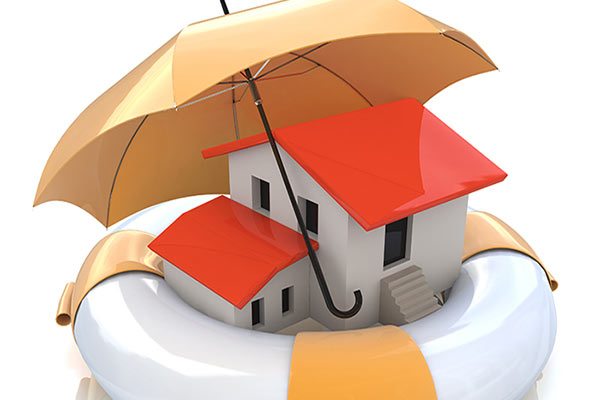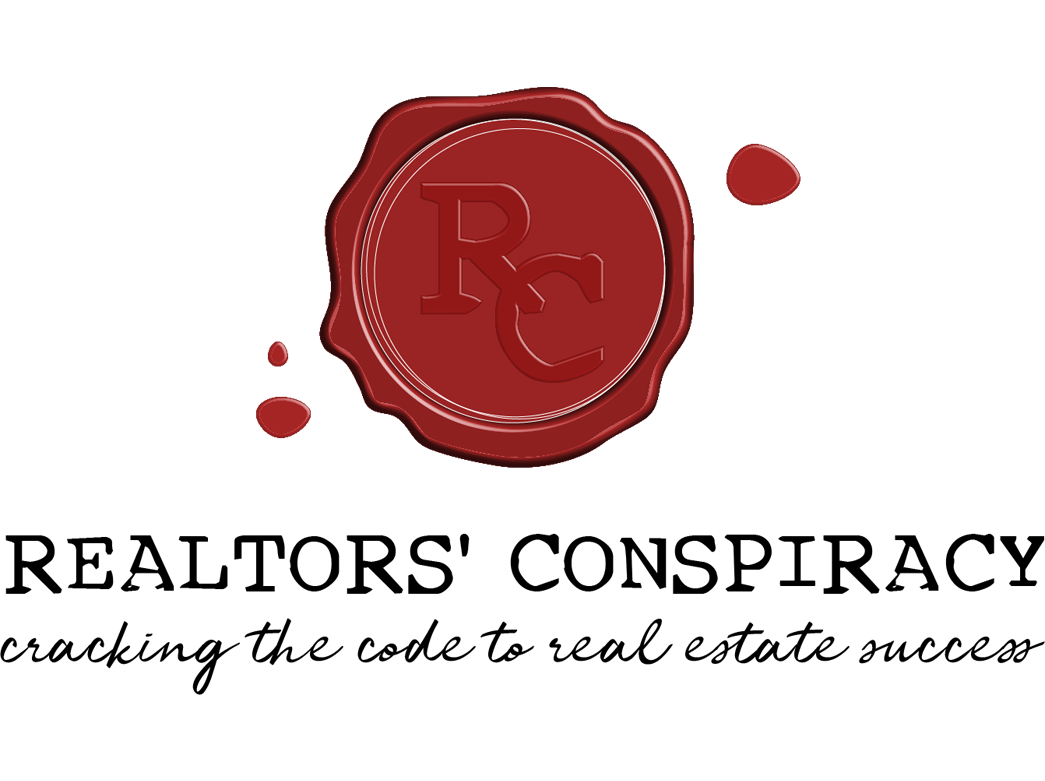Nuts and Bolts of Homeowner’s Insurance

Home Insurance, in simple words, helps solve unexpected home financial situations that can result from unforeseeable disasters to your home, or the items in your home. There are many factors that impact a homeowner’s insurance policy, such as; what losses are covered and the coverage limit. Understanding your home insurance policy can help you decide the best policy tailored for your property and family. Here is what you should look out for:
- The structure of your house as well as attached structures and fixtures. This includes decks, porches, garages, etc. This will need to be annually updated as it varies based on the value of your home. You might also be required to adjust your coverage for occasions when you add items that increase the value of your home; this can be as minor as decks or renovations.
- Specialty items/ Personal Property
You will need to clarify whether your policy covers replacing the items affected or paying out the actual cash value of the item pro-rated for age, use and condition. If you have items in your home that are particularly valuable, you will want to ensure the policy. Another factor to consider is the claim capacity, however, most insurance providers will allow you to purchase additional coverage for specialty items.
- If your home is inhabitable after a claim, then the loss of use insurance will help your family manage while your home is being rebuilt or repaired. Hotel expenses, meals, and incidental expenses are covered by this portion of your home insurance policy, typically for a specified period of time or to a maximum dollar amount [Source: Insurance Hotline].
- Additional Theft Coverage & Forgery Protection; Gives the homeowner added protection from theft of items in an automobile, trailer, or other personal vehicles, and protects from forgery and credit card theft.
There are essentially three levels of coverage:
- Actual Cash Value – The number is calculated from the value of the house plus the value of the belongings under the coverage policy minus depreciation. Depreciation reflects how much the items are currently worth as opposed to the initial amount you paid for them.
- Replacement cost – This consists of the amount that will be needed to repair/rebuild your home up to the original value. This does not consider depreciation.
- Guaranteed (or extended) replacement cost – This is the platinum level of the coverage policy. The insurer pays whatever it costs to build or repair your home, and is typically allowed to offer 20-25% higher than the policy limit.
Getting yourself set up with a comprehensive homeowner policy can go a long way toward making your home truly a place of comfort and security.

Realtors’ Conspiracy Podcast Episode 225 – How To Get Where You Want To Go
This week join our host Maude as she sits down to chat with real estate agent Daphne Moens of The Kate Broddick Team & Revel Realty. Together we delve into Daphne’s fascinating journey, whose vibrant mantra revolves around setting goals, looking ahead, and embracing...

Realtors’ Conspiracy Podcast Episode 224 – Re-watch: What You Give Is What You Get
Following in suit with last week's theme of getting what you put into your work, we're re-sharing one of our past episodes to dive deeper into this mindset! Sit back, relax and rewind with us as we spoke with Neil Quinto of RE/MAX Escarpment Realty. Neil has been in...
